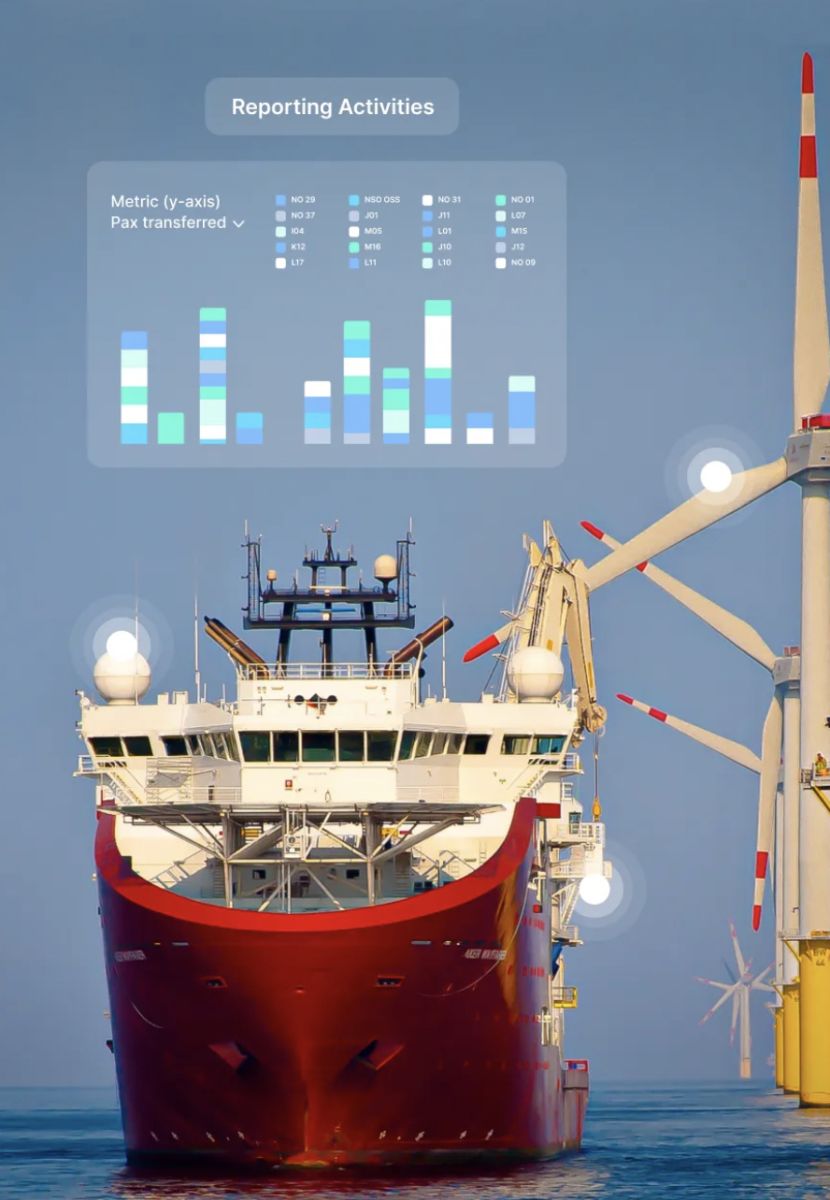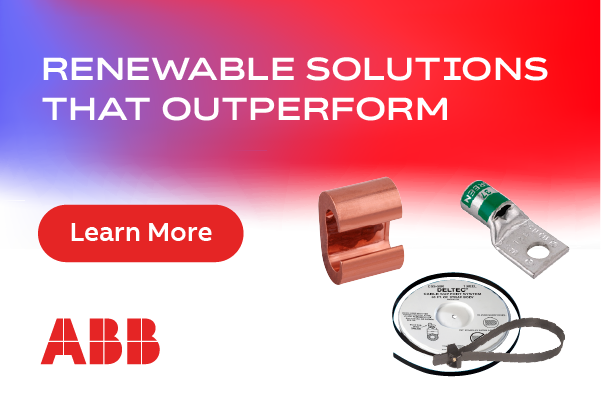Optimizing Offshore Transportation: How emission reduction technologies are having a positive impact on PSV utilization
 Offshore vessel owners are actively striving to reduce the environmental impact of their fleets. As such, to achieve their own emission reduction goals and those set by operators, owners now have various methods and tools at their disposal. A range of strategies can be employed, including positive vessel behavior such as avoiding overspeeding, embracing sustainable fuels as they become accessible, and incorporating retrofitting or electrification technologies on board. By combining these measures, significant reductions in emissions can be achieved.
Offshore vessel owners are actively striving to reduce the environmental impact of their fleets. As such, to achieve their own emission reduction goals and those set by operators, owners now have various methods and tools at their disposal. A range of strategies can be employed, including positive vessel behavior such as avoiding overspeeding, embracing sustainable fuels as they become accessible, and incorporating retrofitting or electrification technologies on board. By combining these measures, significant reductions in emissions can be achieved.
This is becoming increasingly important as the offshore industry shifts towards greener practices. Vessels which can demonstrably show reduced emissions are becoming significantly more attractive to charter, than those without such technologies on board. More and more vessel owners will likely be actively seeking to undertake retrofitting projects in their existing fleet, while newbuilds will be constructed with emission reduction in mind.
Here, we examine today's most commonly employed emission reduction technologies, and how such technologies positively impact utilization.
Mature emission reduction technologies
Energy Storage Systems (ESS) and Shore Power are the most mature options among the existing technologies employed in the global offshore fleet today.
ESS refers to the installation of battery systems on board vessels that enhance fuel efficiency during operations involving power load fluctuations, including dynamic positioning (DP), and transit through rough conditions. This is achieved by peak shaving, load levelling, and serving as spinning reserve or battery backup power. While the exact fuel savings may vary, industry estimates suggest that having an ESS installed can result in an average fuel savings of approximately 15-20 percent.
Most commonly seen in the car and passenger ferry segment, this technology is increasing in usage within the offshore fleet, thanks to falling costs in installation and an uptick in the desire to reduce emissions.
Shore power capabilities allow vessels to shut down their diesel engines while in port and connected to the onshore power grid. Analysis has shown that the use of shore power connections can reduce fuel consumption by around 10 percent. However, it is essential to note that shore power technology is also dependent on ports having the required infrastructure — not yet commonplace.

Fleet analysis demonstrates the link between environmental upgrades and high utilization
The use of hybrid batteries and ESS has proven to be an especially effective solution within the Platform Supply Vessel (PSV) sector. Presently, there are 73 PSVs in the global fleet equipped with ESS, including the 61 PSV conversions recorded since 2016. Analysis has shown a strong correlation between PSVs that have environmental upgrades, and engage in emission-reducing behaviors and high utilization.
This high utilization is particularly evident in the North Sea region. ESS-equipped PSVs in the area have demonstrated an average utilization rate of 85 percent since 2020, compared to an average of 63 percent for non-ESS-equipped PSVs. With ESS contributing to a utilization increase of up to 20 percent, this results in an additional 72 working days per year and, subsequently, increased revenue.
It is anticipated that this trend will be reflected in the utilization of individual vessel owners. In March, a Houston-based offshore vessel provider announced its acquisition of a Norwegian competitor’s complete fleet of 37 PSVs, including its entire ESS-equipped fleet. This strategic move positioned the US vessel provider as a leading global player in ESS-equipped PSVs. With a total of 13 such newly acquired vessels, it is highly likely that utilization numbers will rise in line with the observed trend; the Norwegian company frequently achieved 100 percent PSV utilization following the ESS upgrades of its fleet in 2021.
 Upcoming advancements in emission reduction technologies
Upcoming advancements in emission reduction technologies
ESS represents the most advanced emission reduction technology to date, primarily due to its relatively straightforward implementation process that does not require the extensive downtime of a yard stay. However, there are several emerging technologies that are expected to have a significant impact in the near future. Notably, the development of new low-emission fuels is predicted to positively influence a vessel's environmental score.
There are three main up-and-coming fuels: hydrogen, methanol, and ammonia. When produced using renewable sources, these fuels can reduce Well-to-Wake (WtW) emissions by up to 90 percent, compared to conventional Marine Gasoil (MGO). Going forward, the industry will heavily rely on these new fuels to achieve net-zero targets and drastically reduce emissions.
Some offshore vessels are already undergoing testing and development using these fuels. The world’s first PSV with ammonia notation recently completed its conversion in Singapore, and will soon be ready for operations.
It is important to note, however, that global fuel supply chains are not yet mature enough to provide significant quantities of these fuels, and their costs remain prohibitively high. Currently, the greenhouse gas emissions associated with alternative fuels are highly dependent on the fuel production processes. Therefore, in the short term, emission reduction through fuels will require the use of multiple fuel types.
It’s clear to see that offshore vessel owners are increasingly prioritizing environmental sustainability by adopting technologies and behaviors that reduce emissions, and minimize their fleets' environmental impact. Retrofitting and installing electrification technologies is a market signifier that a vessel owner is adapting to global emission reduction targets, making the fleet more competitive.
This has already been evidenced within the North Sea — a sector with strong implementation of emission reduction initiatives — and the high utilization of vessels fitted with ESS in the region. Moving forward, these technologies, in combination with implementing better vessel behavior and adopting sustainable fuels, will be key drivers in ensuring a fleet remains as competitive as possible.
Sarah McLean is Content Writer/Market Research Analyst at Spinergie, which measures, benchmarks, and optimizes vessels’ performance and maritime operations to significantly improve their environmental impact.
Spinergie | www.spinergie.com
Author: Sarah McLean
Volume: 2023 July/August








